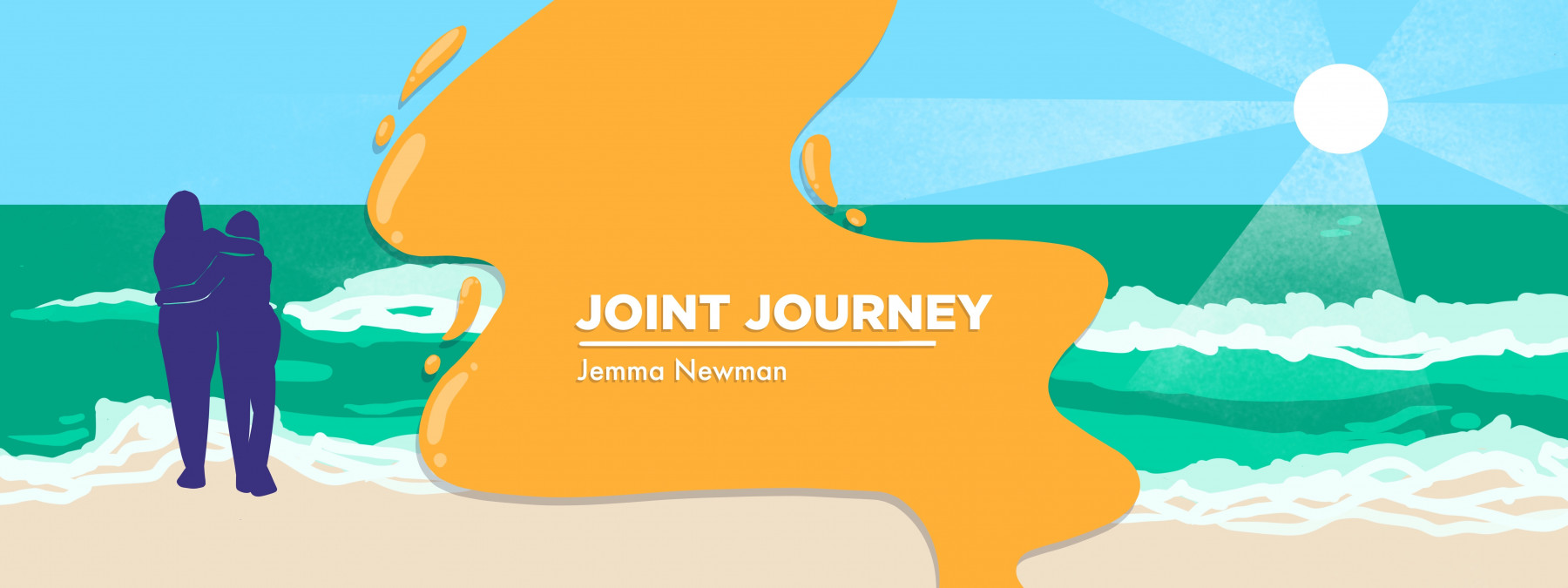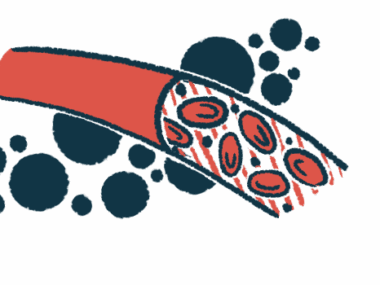Finding the best sleep position to ease AS back and rib pain
An arsenal of pillows can help prevent nighttime pain from wreaking havoc
Written by |

“Sleep anxiety is a real thing,” my husband, Dave, announced as we were putting on our pajamas last night. We were both exhausted after back-to-back nights of troubled sleep, with lots of tossing and turning because of the discomfort that ankylosing spondylitis (AS) can cause at night. We dreaded the possibility of another bad night of sleep.
I’d never heard the term “sleep anxiety” before, but I can definitely relate. Last night, I barely had the energy to lift my fork at dinner. While finishing the dishes and getting my kids’ school bags ready for the next day, my eyes felt like they were sinking deep into my head from tiredness. The television screen for an evening Netflix show was swimming in and out of focus as my tired brain struggled to keep up with the storyline. I nearly squeezed moisturizer onto my toothbrush as my attention span ground to a halt.
But despite the exhaustion, I was nervous about how much sleep we’d actually get. Both Dave and I were diagnosed with AS, which means our sleep is frequently interrupted when one or both of us have AS symptoms. Sharing a bed with a partner with AS can sometimes mean wakeful nights because of frequent position changes and light sleeping.
The trouble is that ankylosing spondylitis joint pain often gets worse at night. I can be untroubled by stiffness and pain for most of the day — mopping the floors and going for a bike ride with the kids without a problem — but around 2 a.m., I’ll suddenly awaken to a burning sensation in my sacroiliac joints, shoulder blades, or ribs. No amount of tiredness allows me to get back to a state of deep, restorative sleep when my joints are inflamed and painful at night.
After several years of living with AS, I’ve figured out my favorite sleeping positions to reduce AS discomfort and the ideal configuration of pillows to support my body. I need precisely three pillows to support the main parts of my body that have the most AS pain.
Relieving pressure on my sacroiliac joints
I start by lying on my back for the first part of the night, as it’s the position I find most uncomfortable later on, when joint stiffness increases. The key to being comfortable when sleeping on my back is to place a thin pillow underneath my knees, which my physiotherapist recommended. This aid helps me maintain a comfortable curve in the small of my back and takes pressure off my hips and sacroiliac joints.
If you haven’t tried a pillow under the knees, I highly recommend giving it a whirl. I feel that I can double the time I stay comfortable in this position thanks to this one little rectangle of pillowy support.
Supporting my rib cage and shoulders
Increased pain around my middle spine (called the thoracic spine), where my ribs attach, is the first place I started feeling discomfort from AS inflammation. My shoulder blades also become little epicenters of agony.
I find that sleeping on my side makes the rib, spine, and shoulder discomfort significantly worse. I’ve spent many nights lying in the dark wide awake, silently cursing this chronic disease and worrying about how I’m going to cope after only a few hours of sleep.
If I do sleep on my side, I’ve discovered that hugging a thick pillow helps support my upper arm and prevent it from hanging down while I sleep. It also helps keep my ribs from pulling where they’re attached to the spine and makes my shoulder blades more comfortable. Adding a thin pillow between my knees keeps my hips straight and my spine beautifully neutral. Discovering this side-sleeping position with two extra pillows has made a huge difference in my ability to stay asleep and avoid aggravating joint pain.
Sure, sometimes Dave laughs at me because I hug a big pillow at night and need to support myself with three very specific pillows to sleep, but it helps increase my rest. Those extra pillows are a low-cost and beautifully simple way to support my easily inflamed joints, allowing me to get much-needed sleep.
Note: Ankylosing Spondylitis News is strictly a news and information website about the disease. It does not provide medical advice, diagnosis, or treatment. This content is not intended to be a substitute for professional medical advice, diagnosis, or treatment. Always seek the advice of your physician or other qualified health provider with any questions you may have regarding a medical condition. Never disregard professional medical advice or delay in seeking it because of something you have read on this website. The opinions expressed in this column are not those of Ankylosing Spondylitis News or its parent company, Bionews, and are intended to spark discussion about issues pertaining to ankylosing spondylitis.







Leave a comment
Fill in the required fields to post. Your email address will not be published.